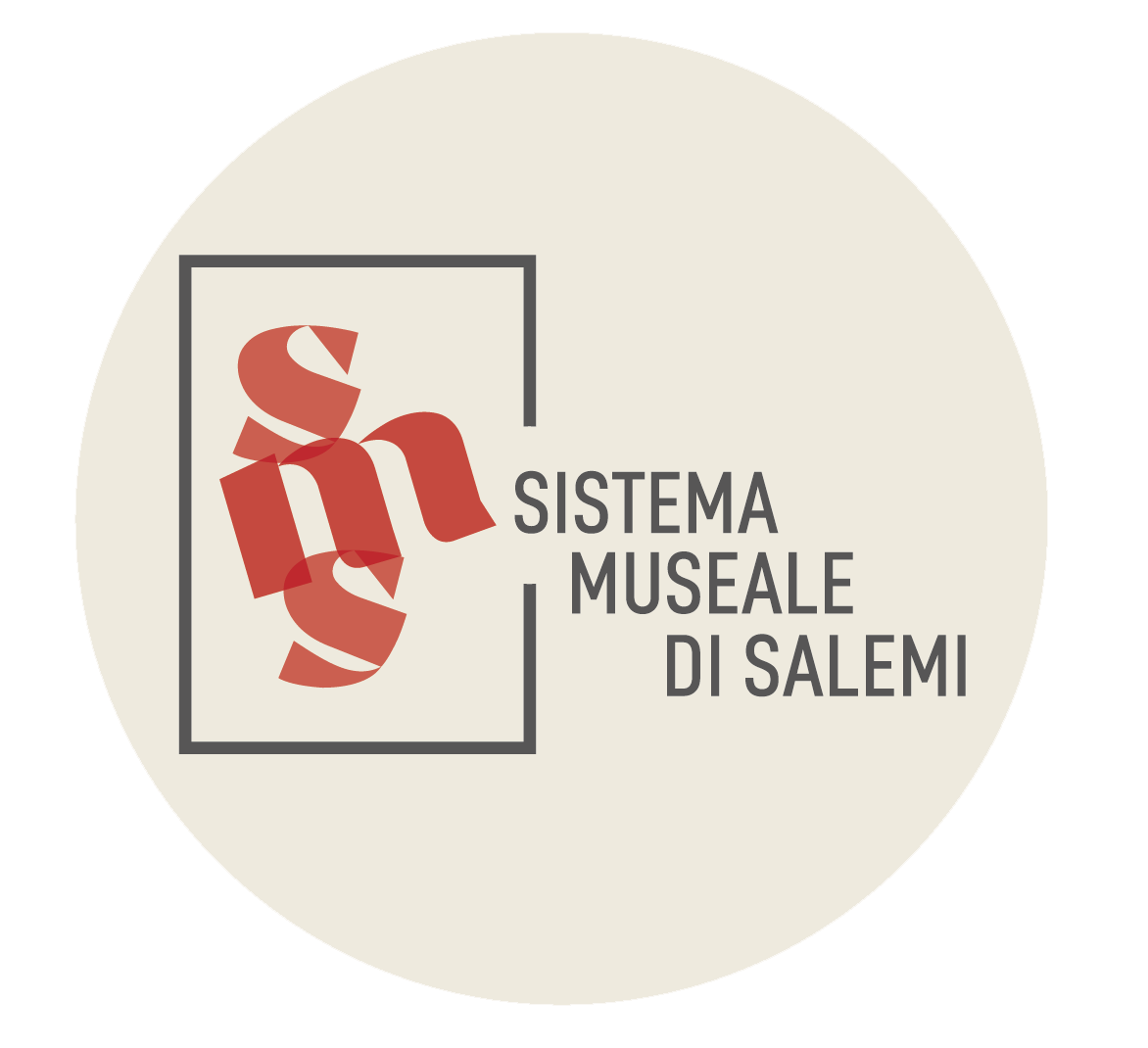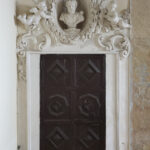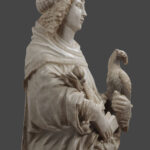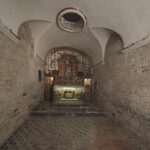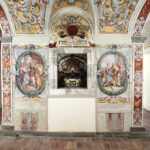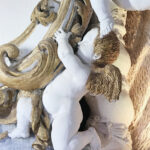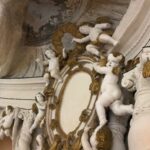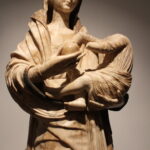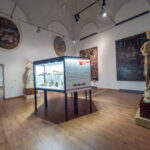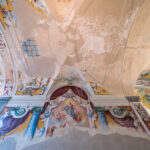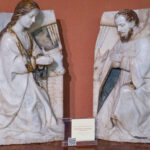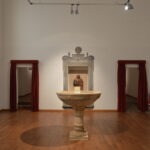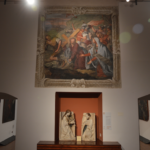Religious art
On December 14th 1982, a convention of forty years between the episcopal curia of Mazara del Vallo and the Municipality of Salemi, established that all the works of art coming from the churches in the area of Salemi, collapsed or seriously damaged by the earthquake that hit the Valley of Belice in 1968, were granted on loan and deposit to the Municipality of Salemi which undertook to exhibit them in the establishment of the Museum of Religious Art.
In this way the public could keep on enjoying paintings, marble sculptures, wood and other sacred furnishings that were recovered from the Churches of Carmine, Santo Stefano, San Tommaso, the Mother Church, restored and placed in the Municipal Museum, then called Sacred Art, inaugurated after a series of work to adapt and adjust the place.
Nowadays the former Jesuit College, which was founded in 1628 and built from 1652, houses the Museum of Sacred Art on the ground floor and it engages four rooms. The collection of the museum consists of works that covers a vast chronological span ranging from classical to modern art, from Renaissance sculptures to Mannerist and Baroque paintings. The Museum was modernized in its internal structure and scientifically reorganized in 2007 with the exposure of further works of considerable artistic prestige.
